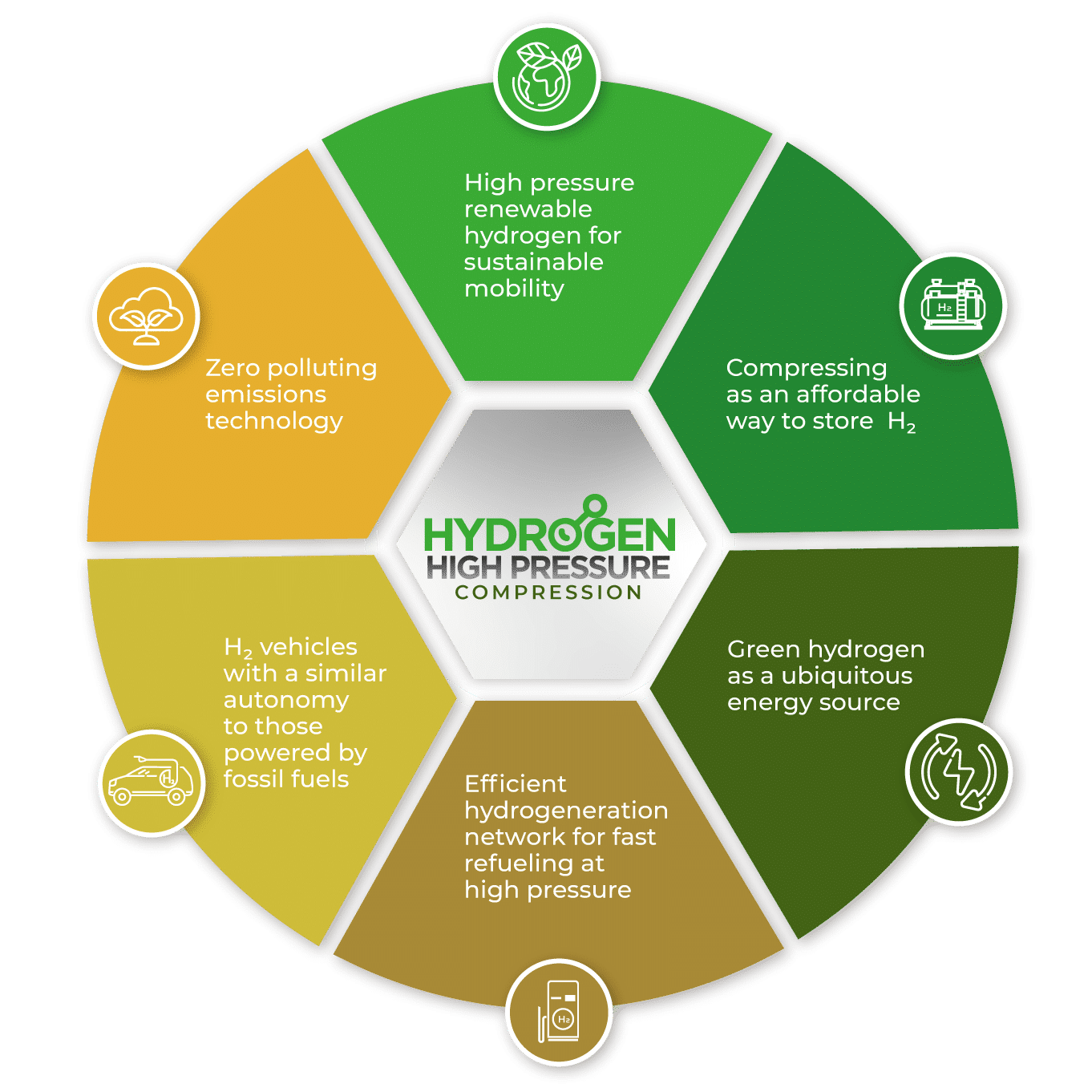High pressure processing (HPP) is a “non-thermal” technique for food preservation that efficiently inactivates the vegetative microorganisms, most commonly related to food-borne diseases allowing most foods to be preserved with minimal effect on taste, texture or nutritional characteristics.

By destroying pathogenic and spoilage organisms while keeping food chemistry basically intact, high-pressure technology enables pasteurization of foods with minimal effects on taste, texture, appearance, or nutritional value.
HPP utilizes intense pressure (about 400–600 MPa or 58,000–87,000 psi) at chilled or mild process temperatures (<45°C), allowing most foods to be preserved with minimal effects on taste, texture, appearance, or nutritional value.
High-pressure processing (HPP) is a “nonthermal” food preservation technique that inactivates harmful pathogens and vegetative spoilage microorganisms by using pressure rather than heat to effect pasteurization. Pressure treatment can be used to process both liquid and high-moisture-content solid foods.
High pressure processing provides an alternative means of killing bacteria which can cause spoilage or food-borne disease without a loss of sensory quality or nutrients.

Pathogenic spores such as Clostridium botulinum and varieties of Bacillus and Clostridia spoilage spores can potentially be eliminated through synergies of heat and pressure.
The hydraulic fluid in the chamber is pressurized with a pump and this pressure is transmitted through the package into the food itself.
Companies in food and beverage sectors, companies offering HPP processing services (tolling) and recently in the pharmaceutical and biotechnology sectors.
Hiperbaric is the world’s leading company specialized in industrial equipment for High Pressure Technologies. It has developed new line of industrial machinery for Hot Isostatic Pressing (HIP) used for critical industrial components focused on the aerospace, energy, oil & gas, automotive or medical implant sectors. In 2021 it is making steady progress with another innovative line of business: high pressure hydrogen compression, from renewable energies, to participate in the challenge of sustainable mobility.

Hydrogen (H2) is a gas that, in low-pressure form, has been used extensively as a fuel and raw material in the chemical industry for the past decade. Until now it was mainly sourced from fossil fuels. However, it can also be produced using other natural and renewable sources such as biomass and water electrolysis (through renewable energy). When produced using renewable sources in a way that doesn’t pollute the environment or release any CO2, it’s called green or renewable hydrogen.
